WASHINGTON—After barely escaping the final 2011 budget compromise with their federal funding intact, over 20 public media executives, journalists, and researchers this week discussed what the future may hold for them.
“I believe that there is a major role for public media to play in making sure that serious journalism performs its responsibilities, its duties in the serious journalism area,” said Jim Lehrer, the face and executive editor of “PBS NewsHour.” Lehrer, who is also the author of 20 books, has been with the program since 1983.
“Collaboration, partnerships, innovation, and digital media dominated discussions of the way forward for such venerable institutions as National Public Radio (NPR), and PBS. Affiliate stations and partners working on exciting new media projects also joined in the panels, part of the 2011 Curtis B. Hurley Symposium, held at the National Press Club and aired on C-Span.
Those who work in public media believe passionately in the value of what they do. They also know, from 44 years of experience in the United States that they will have to continually justify to Congress why the government should support them—especially this year.
The appropriation given to the Corporation for Public Broadcasting (CPB), and then distributed to users mainly through grants, has been $450 million for the last eight years.
“The critique of public media is not new. It has occurred every decade since—there have been attempts to defund it,” said Tom Glaisyer, Knight Media policy fellow with the New America Foundation over the telephone.
This year, public broadcasting finds itself on the defensive. In March, the House passed a bill forbidding any federal funding from going to NPR. All but seven Republicans voted in favor of the measure, and all Democrats voted against it. It went nowhere in the Senate, but the funding was left on the chopping block during the difficult 2011 budget negotiations.
Ultimately, a grass-roots campaign launched by the media outlets and led by 170 million Americans for Public Broadcasting, was successful. Half a million e-mails, and thousands of telephone calls went to members of Congress.
“There were a lot of people around the country that reached out to their members to say that this is something, this is a service—public television, public radio—that is really valued,” said Paula Kerger, president and CEO of PBS.
Congress finally approved the request, but the battle will continue as the 2012 budget is debated.
“It is not over. There are a good number of people in Congress, in both the House and the Senate, who are quite committed to defunding public broadcasting,” said Patrick Butler, president of the Association of Public Television Stations, public broadcasting’s chief lobbyist.
The amount that PBS and NPR actually get is small, but significant, say public media managers. The money is highly leveraged. It is used in part to secure the bulk of their funding from listeners and viewers via fundraising efforts.
Stations in communities that tend to be under served anyway, and have less ability to raise money, rely on it most. As much as 50 percent of their budgets might come from taxpayer dollars.
Just 10 percent of NPR’s budget comes from the federal government, and most of that comes by way of grants, said Interim President and CEO of NPR Joyce Slocum.
“Fifteen percent of television funding comes from the federal government. The rest of it comes community by community,” said Kerger.
Read More...Public Media for the Public
Public Media for the Public
Public media executives believe that they have a responsibility to produce quality journalism, to cover topics that other media may be missing, and to do so in the public interest.
“We must fill the gaps that are being created by some of our resource starved commercial colleagues,” said Lehrer.
“It is not only an opportunity, I say that it is a responsibility that we have in public media to do more than we are doing,” Lehrer added.
An initiative, Impact of Government, launched by NPR last year to create a network of journalists dedicated to covering government in every state is an example of this.
“It is an area where commercial media are retreating with Custer-like force,” said Dick Meyer, executive news editor at NPR.
Another example is an effort funded by a CPB grant and supported by NPR and PBS. Identifying an unfilled need for quality reporting in agriculture, Harvest Public Media was launched to produce farming stories in collaboration with partner stations anchored in the Midwest.
Digital content, and how to reach bigger audiences—to effectively engage the public—is being embraced at both NPR and PBS. Both stations are punching above their weight in terms of online and mobile user access.
The Center for Social Media is looking at the possibility of how public media might be expanded to include a greater variety of news sources, such as nonprofit websites and blogs.
Steady Demand
“Public media has either grown or held on to its audience much better than commercial media have,” said Tom Rosenstiel, director of the Pew Center’s Project for Excellence in Journalism.
Viewership at traditional media outlets has been declining in recent years, but programs like the “PBS NewsHour” have held on to their approximately 1.1 million nightly viewers. “NewsHour’s” audience is about one-sixth of the average commercial news broadcast.
Rosenstiel attributes this constancy in part to mainstays like Lehrer, who haven’t changed their principles in decades.
“Long term in the marketplace that has benefited public media,” he said.
About 5 percent of Americans watch the “NewsHour” and 11 percent of adults listen to NPR at least three times per week, according to the Pew Center’s annual State of the News Media survey.
An independent study that took into account all forms of public broadcasting, found that half of all Americans tune in to at least something each week, Bill Kling, CEO of American Public Media, said.
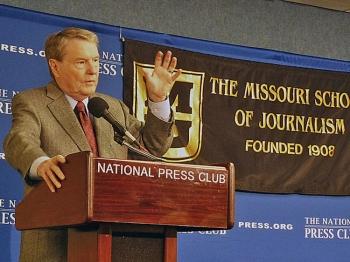

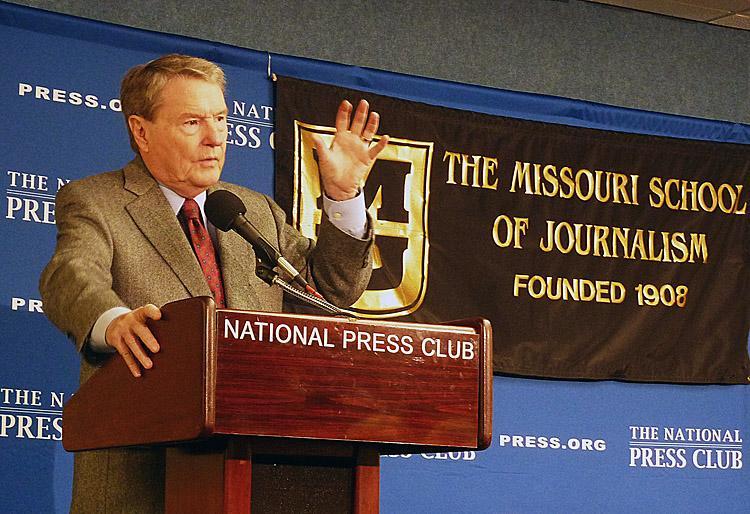
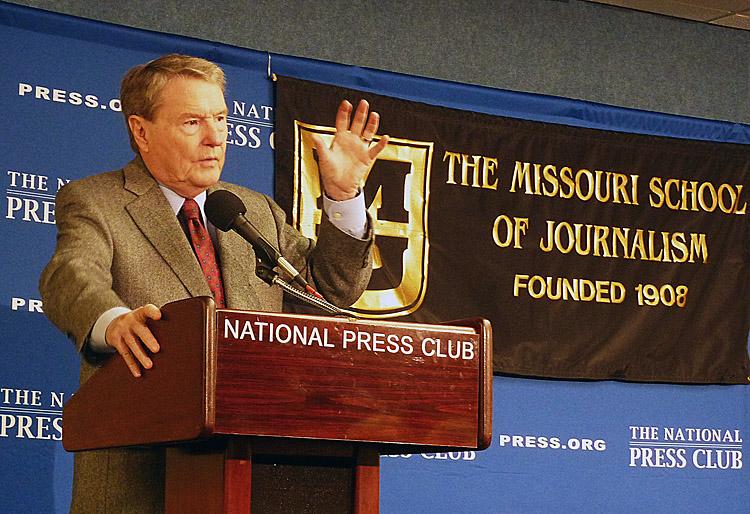
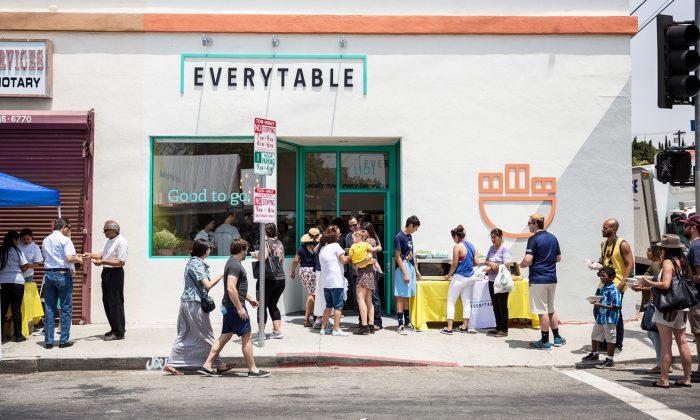
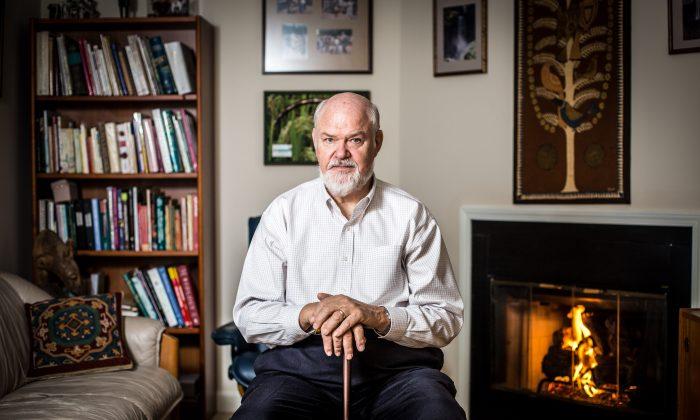

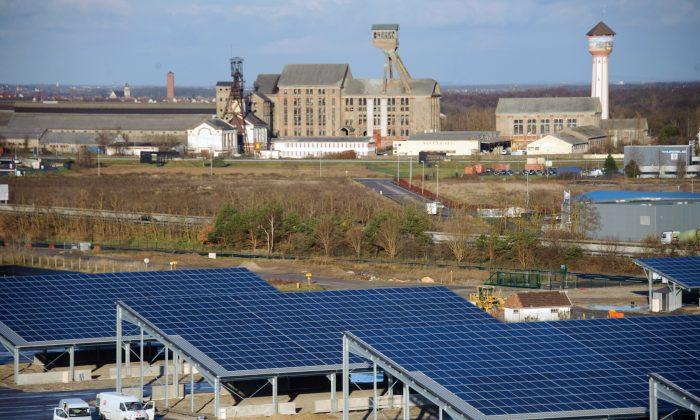
Friends Read Free